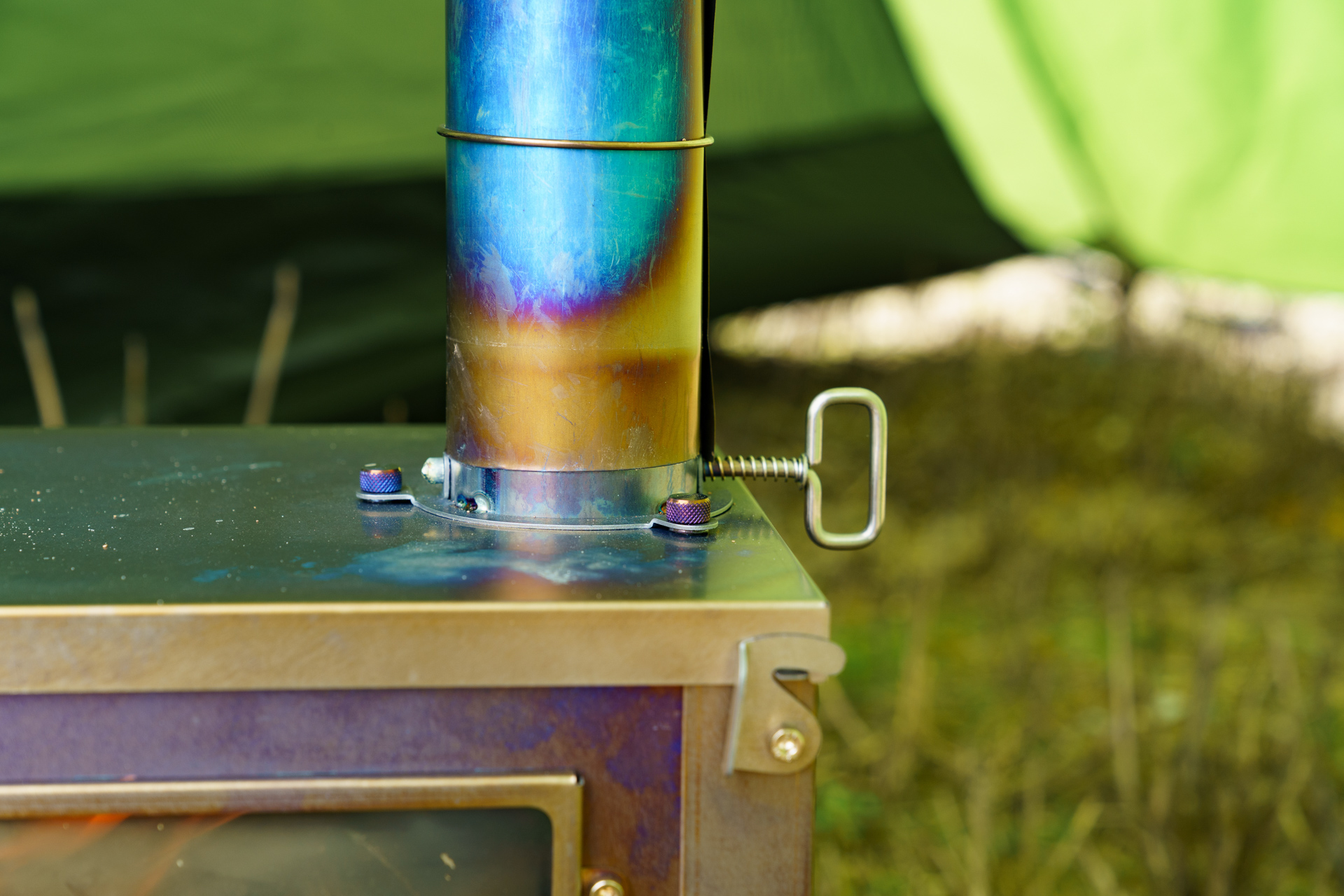Camping Master Raising Series | What Does the Stovepipe with a Damper Do
Hello, this is the Camping Masters Raising Series, where we aim to equip every camping enthusiast with expert camping knowledge to enhance their outdoor camping experience.
The stovepipe with a damper serves an important function in the operation of a wood-burning stove. Let's explore its purpose and how it contributes to the efficiency and control of the stove.

What Does the Stovepipe with a Damper Do?
1. Controlling Airflow:
The damper is a movable metal plate located in the stovepipe, typically near the stove's top or in the first section of the pipe. Its primary function is to control the airflow within the stove and chimney system. By adjusting the position of the damper, you can regulate the amount of air that enters or exits the stove, thereby influencing the combustion process.
2. Heat Retention and Efficiency:
When the damper is partially closed, it restricts the flow of air and reduces the amount of oxygen available for combustion. This can slow down the burning rate of the fire and help retain heat within the stove. By promoting a slower, more controlled burn, the stovepipe damper can increase the stove's efficiency by maximizing heat output and extending burn times.
3. Temperature Regulation:
The damper also assists in regulating the temperature inside the stove and subsequently within the living space. By adjusting the damper, you can manage the intensity of the fire and control the rate at which heat is released. Opening the damper allows more air to enter the stove, resulting in a hotter fire and increased heat output. Closing the damper restricts airflow, reducing the fire's intensity and heat production.
4. Draft Control:
In addition to controlling airflow and temperature, the damper can help manage the draft within the chimney system. A properly functioning damper can assist in creating a steady and consistent draft, which is essential for efficient combustion and the removal of smoke and gases from the stove. It helps prevent excessive backdrafts or drafts that are too weak, ensuring optimal stove performance.
It's important to note that the specific design and operation of stovepipe dampers can vary depending on the stove model and manufacturer. Some stoves may have built-in dampers, while others may require a separate damper installed in the stovepipe. Always consult the manufacturer's guidelines and follow proper usage instructions to ensure safe and effective operation of the damper and wood-burning stove.

- Company Infomation
- About us
- FireHiking Story
- Contact Us
- Notice
- Blog
- Company Policies
- Payment Policy
- Return&Refund Policy
- Shipping Policy
- Privacy Policy
- Intellectual Property Rights
- Become Affiliate
- Terms Of Use
- Terms of Use
- User Center
- Forget Password
- My Orders
- Tracking Order
- My Account
- Register
